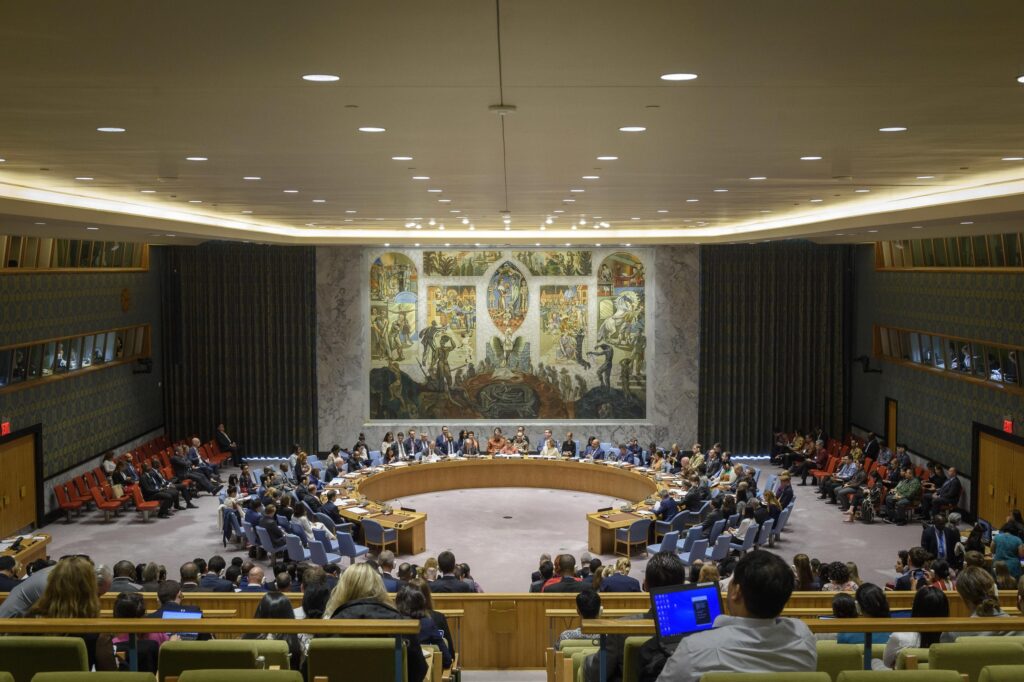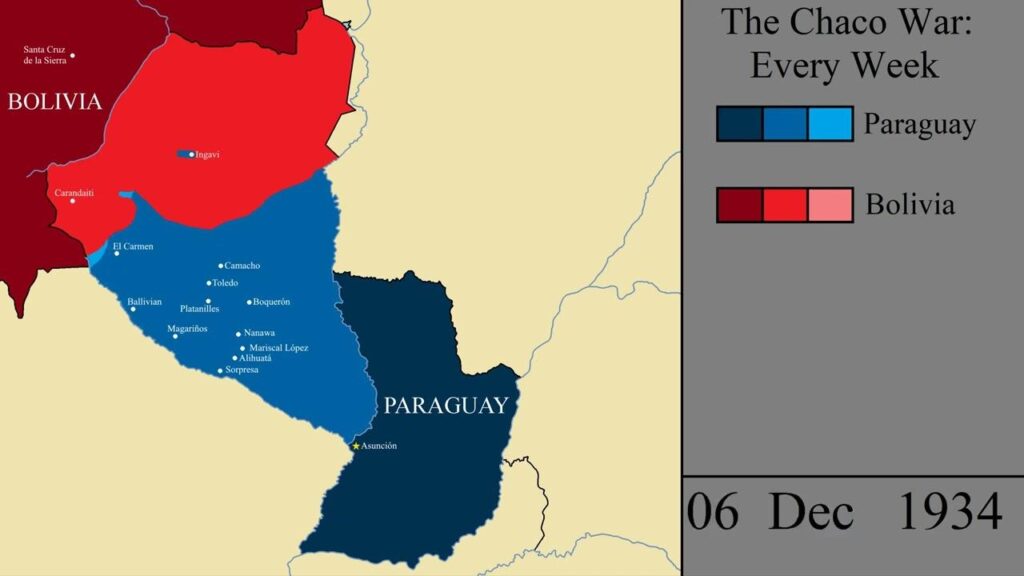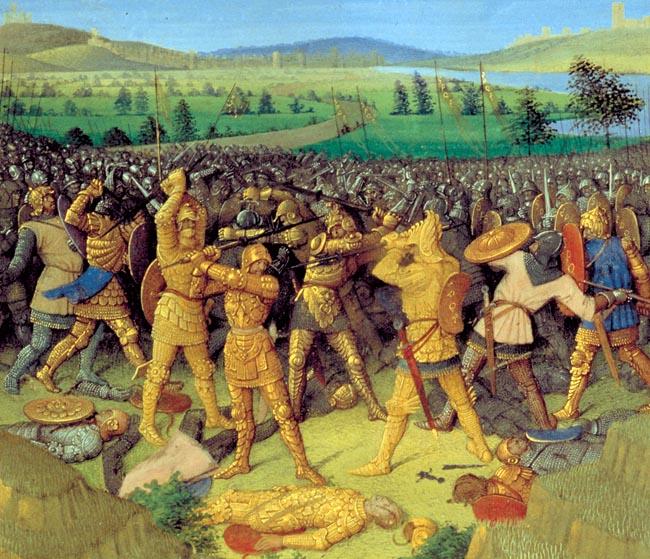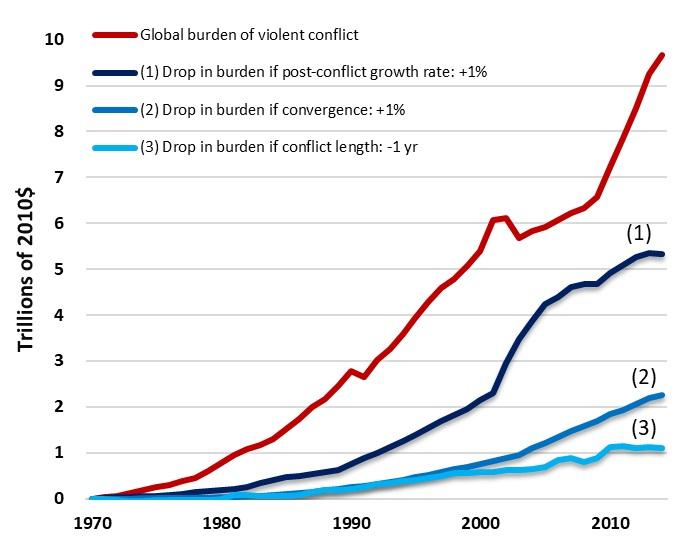The War of the Pacific, fought between 1879 and 1884, stands as one of the most pivotal conflicts in South American history. This intense struggle involving Chile, Bolivia, and Peru not only reshaped national borders but also significantly influenced the political and economic landscape of the region. Beyond the battlefield, the war’s legacy continues to affect diplomatic relations and national identities to this day. In this article, we delve into the causes, key events, and lasting impact of the War of the Pacific, exploring why it remains a defining moment for South America.
Table of Contents
- Origins and Geopolitical Stakes of the War of the Pacific
- Military Strategies and Key Battles that Shaped the Conflict
- Economic Consequences and Territorial Changes for the Involved Nations
- Lessons Learned and Strategic Recommendations for Modern South American Diplomacy
- Final Thoughts
Origins and Geopolitical Stakes of the War of the Pacific
The War of the Pacific, fought between 1879 and 1884, emerged from a complex interplay of economic ambitions and territorial disputes along the arid coasts of the Atacama Desert. At the heart of the conflict were rich deposits of valuable minerals such as nitrate and guano, resources that were critical for agriculture and industry during the 19th century. Chile, Bolivia, and Peru found themselves locked in a bitter struggle not just for control over these lucrative deposits but for regional dominance. Rising nationalism fueled tensions, with each nation seeking to assert sovereignty over contested zones that could redefine the balance of power in South America.
Beyond mineral wealth, the geopolitical stakes of the war extended to issues of access and control over strategically vital ports and trade routes along the Pacific coast. Bolivia’s loss of its coastline to Chile had profound implications for its economic development and national identity — consequences still felt today. The conflict’s origins highlight several key factors:
- Economic rivalries: Competition for nitrate exports boosted national economies but bred mistrust.
- Territorial claims: Ambiguous borders and colonial-era treaties sparked diplomatic conflicts.
- International interests: Foreign powers, especially European investors, influenced the dynamics by supporting different sides.
These elements converged to create one of South America’s most defining and transformative wars.
Military Strategies and Key Battles that Shaped the Conflict
Throughout the War of the Pacific, a range of military strategies showcased the tactical ingenuity and determination of the involved nations. The Chilean military’s approach combined rapid mobility, naval dominance, and coordinated land assaults, which proved decisive in gaining control over the contested territories rich in nitrate deposits. Key to Chile’s success was their effective use of amphibious operations, such as the landing at Pisagua, which allowed forces to establish beachheads and secure supply lines efficiently. In contrast, the allied forces of Peru and Bolivia employed defensive strategies aimed at holding strategic positions like the Battle of Tacna, but were often hampered by logistical challenges and internal dissent that weakened their coordinated efforts.
- Battle of Iquique: Marked by heroic naval engagements that set the tone for Chilean naval supremacy.
- Battle of Angamos: A turning point where Chilean forces captured the Peruvian ironclad Huáscar, securing control of the Pacific Coast.
- Battle of Arica: A brutal siege that illustrated the intensity of urban combat and the strategic importance of coastal fortifications.
These confrontations not only shifted territorial control but also influenced the broader geopolitical landscape of South America. They highlighted the significance of modernizing military technology and adapting tactical doctrines to suit the unique desert and coastal terrains. The resilience shown on all sides underlines the war’s lasting impact as a catalyst for military and political reforms in the region, shaping national identities and military thinking well into the 20th century.
Economic Consequences and Territorial Changes for the Involved Nations
The aftermath of the conflict brought about significant economic repercussions for Chile, Peru, and Bolivia, reshaping their destinies for decades. Chile emerged economically stronger, gaining control over the nitrate-rich regions of Antofagasta and Tarapacá. This newfound wealth fueled national development by providing substantial revenue from the export of minerals and nitrates, which became a cornerstone of Chile’s economy. In contrast, Peru and Bolivia faced severe economic hardships. Bolivia became landlocked after losing its coastal province to Chile, a blow that hindered its access to maritime trade and imposed long-term economic constraints. Peru’s economy was destabilized due to the loss of rich resource areas, further complicated by political turmoil and reconstruction costs.
Territorial realignments also had lasting geopolitical implications that extended far beyond economic shifts. Key changes included:
- Chile’s annexation of the Peruvian provinces of Tarapacá and Arica, solidifying its presence in the Pacific corridor.
- Bolivia’s permanent loss of its coastline, deeply affecting its sovereignty and international stance.
- New diplomatic tensions and border disputes that persisted for decades, influencing regional alliances and conflicts.
These significant changes altered the balance of power in South America, setting the stage for future diplomatic negotiations and shaping national identities. The war not only redrew maps but also created economic and psychological scars that would endure in collective memories of the nations involved.
Lessons Learned and Strategic Recommendations for Modern South American Diplomacy
Understanding the War of the Pacific offers vital insights into the complexities of regional diplomacy and conflict resolution that remain relevant in today’s South American political landscape. One of the most significant lessons is the critical importance of resource management and economic interests in shaping international relations. The war, rooted largely in the control of nitrate-rich territories, highlights how economic assets can escalate tensions and influence alliances. Modern diplomats must therefore prioritize transparent communication and multilateral negotiations to prevent economic disputes from evolving into armed conflicts. Furthermore, the consequences of external interventions remind us that sovereignty and national pride are powerful forces in diplomatic dialogues and must be navigated with cultural sensitivity and respect.
To build a strategy that reflects the lessons learned, there are several recommendations for contemporary diplomatic actors in South America:
- Promote regional cooperation frameworks: Strengthening organizations like UNASUR and OAS to serve as platforms for conflict prevention and collective bargaining.
- Enhance economic integration: Fostering joint ventures in resource development to create mutual benefits and reduce the risk of territorial disputes.
- Institutionalize conflict resolution mechanisms: Investing in diplomatic training that emphasizes negotiation, mediation, and respect for international law.
- Preserve historical memory: Encouraging scholarly exchanges and cultural programs to acknowledge past conflicts and reconcile differing narratives.
By embedding these strategies into regional diplomacy, South America can honor its history while forging a path towards peaceful and prosperous coexistence.
Final Thoughts
As we reflect on the War of the Pacific, its profound impact on the geopolitical landscape of South America becomes unmistakably clear. This conflict not only reshaped national boundaries but also forged new economic and political realities that continue to influence the region today. Understanding this pivotal moment helps us appreciate the complexities of South American history and the enduring significance of diplomacy and resource management. The War of the Pacific remains a defining chapter—one that challenges us to learn from the past as we navigate the future.












